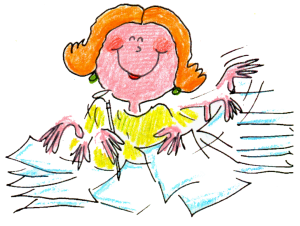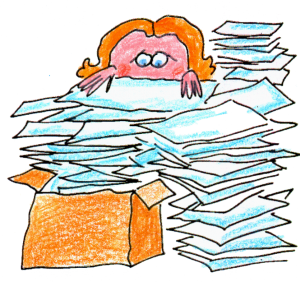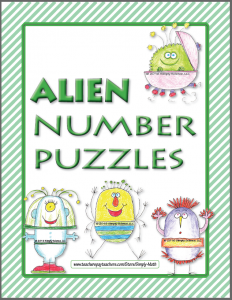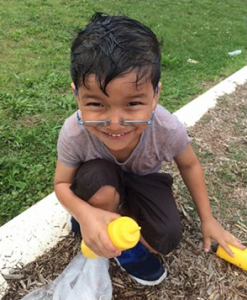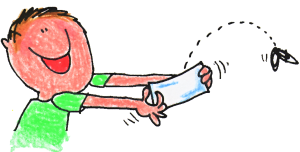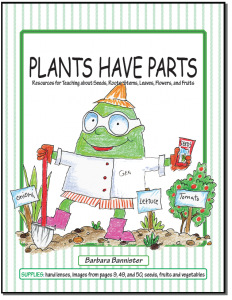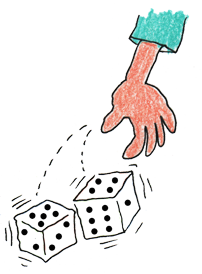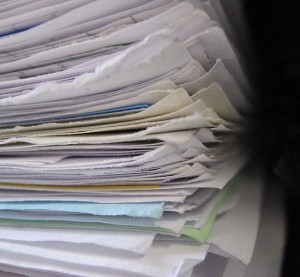Does it seem like there’s always papers to grade? Are there stacks of paper on your desk and a few more on the shelf? What information do you need to adjust your teaching and plan future lessons? Students need timely feedback, does it take an hour or more every day? Here are a few suggestions: Grade one assignment each day and set up the other assignments for students to grade themselves Plan ahead so you have time to grade an assignment that needs more time, like an essay Learn to quietly grade papers during a staff meeting IF your attention …
I started this six weeks ago planning to publish July 1st. I was sidetracked creating back to school products for adorable aliens, fabulous fish, and superhero kids, products that help teachers easily create a great classroom space with just one product. Now those products have been uploaded and I’m back! Here’s my question. Did you make a list of tasks to complete in the summer when you have LOTS of time? I’d like to add something to that list. Between chapters in the book you’re finally reading, closets that are getting cleaned out, and your plans for rest and recreation, think about your energy …
Quick puzzles can add a bit of fun to your math class any time of year. I created a set of alien puzzles that you can use to have students find a number pattern and then solve the puzzles to reveal a math term! There are 6 different kinds of puzzles – each has its own alien. Choose from full color or black and white images. Students can use a blank form to create a new puzzle for classmates and receive a certificate. You can also find many kinds of puzzles online, including: Brainbox Logic Puzzles, Kid Number Puzzles, and number …
Check out this great article Justin Minkel wrote for Education Week with practical suggestions for ending your school year. Consider signing up for a free subscription to three articles a month so you can read the article he referenced about building a parachute for a thrill-seeking gummy bear. I hope you enjoy the end of your year! Note: The photo was taken by Justin Minkel.
Got a few minutes of class time? Want to amaze students with an activity that requires scrap paper and just two paper clips? Gently fold a piece of paper the size of a dollar bill (about 2.5″ x 6″) paper in thirds without creasing the paper. Use a paper clip to attach the top to the middle as shown. Use another paper clip to attach the bottom to the middle as shown. Turn the prepared paper so the paper clips are on top. Firmly grasp the paper on each side and point it away from you toward an open space in the classroom. …
Thanks to what I learned while taking a great class from Michael Grinder mid-career, I have dedicated different parts of my classroom to a unique purpose. I find this gives students a nonverbal clue that helps them make sense of our environment. When anyone is standing or sitting in the front of the room, we are sharing information or instructions for an activity. We’re focused on the presenter. We might be discussing, clarifying, or sharing with each other. When I’m sitting at the small table by my desk, I’m working with a small group of students. The rest of the group is working on an activity I’ve already …
Here’s a concise list of key strategies for you to consider as you deepen your effectiveness in the classroom. Thanks to Samantha Cleaver at Scholastic.com Do you have other suggestions for being an effective teacher?
I just added a new product to my store at TPT, Plants have Parts!  It features a wealth of resources including the lesson plan, PowerPoint presentations, movies, copyright free images, worksheets, a student booklet, assessments, and a web page with more resources. Check it out! I’ve also uploaded freebies – seek-a-word puzzles for plant parts and seek-a-word puzzles for fruits that students often confuse with vegetables. Are you interested in integrating plants and language arts? Consider Jack Prelutsky’s poems “The Cherries’ Garden Gala” or “I’d Never Eat a Beet” from his book New Kid on the Block. You might create an ABC book for plants. Here’s a list …
How is it possible I can buy dice and somehow they evaporate over time? I know it’s rare for a solid to sublimate into a gas, but every June I end up with far fewer dice than I had in September. And the ones I have can be in pretty bad shape. I hesitate to send dice home with math games because I know they don’t always come back to school. Many of my math games require dice so here’s my suggestion for you: use a six sided pencil! A student sharpens a pencil until it’s too short to sharpen. Do you …
No teacher wants a stack of papers on the desk waiting to be graded days after the assignment or assessment was given. Students need feedback and you need information to guide you as you plan the next lesson. One simple suggestion – make a pattern in the answers! Have students grade their own papers. Because you have a pattern in the answers – they won’t know it but you will – you can walk around checking answers as students volunteer the correct answers for the assessments. Here’s a couple of examples. In my TPT products for introducing frogs, birds, bugs, whales, …
